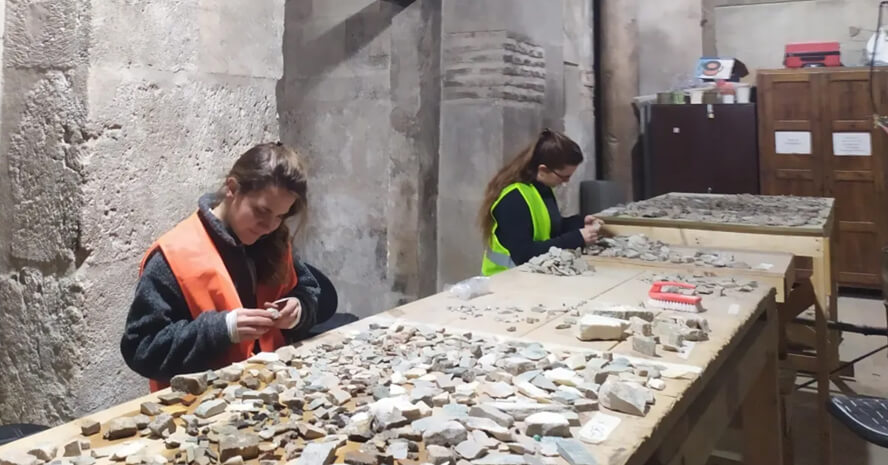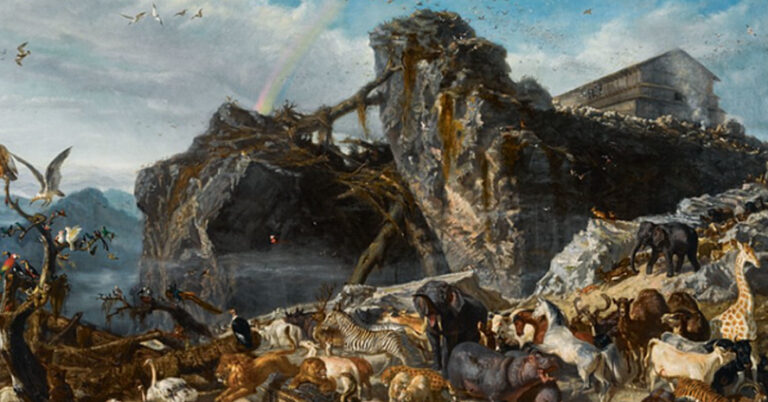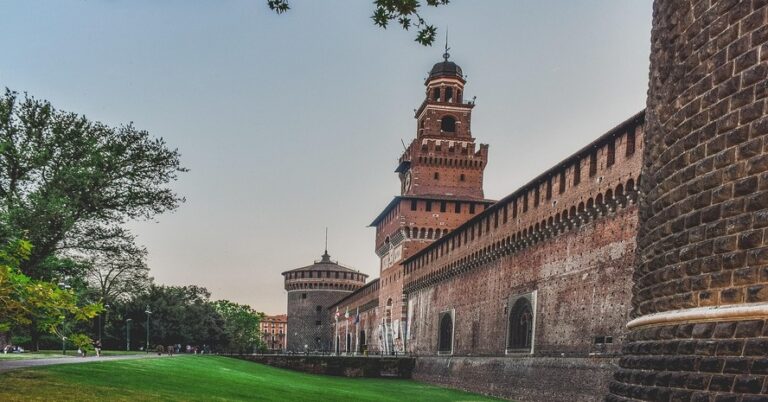New archaeological work at the Church of the Holy Sepulchre in Jerusalem — revered by many as the site of Jesus Christ’s crucifixion and burial — has revealed signs of a long-lost ancient garden, offering possible confirmation of a key detail from the New Testament.
Led by Professor Francesca Stasolla of Sapienza University of Rome, the excavation team uncovered evidence of 2,000-year-old grapevines and olive trees, indicated by preserved seeds and pollen embedded in the soil beneath the sacred site. These findings align with the Gospel of John (19:41), which mentions a garden near the place of Jesus’s crucifixion:
“Now in the place where he was crucified there was a garden, and in the garden a new tomb…”
The archaeological layers tell a compelling story. Calvary — the rocky hill where the Church of the Holy Sepulchre now stands — was originally a stone quarry. As the quarry fell into disuse, the land appears to have been repurposed for agriculture and later as a burial ground, fitting the historical timeline of the 1st century A.D.
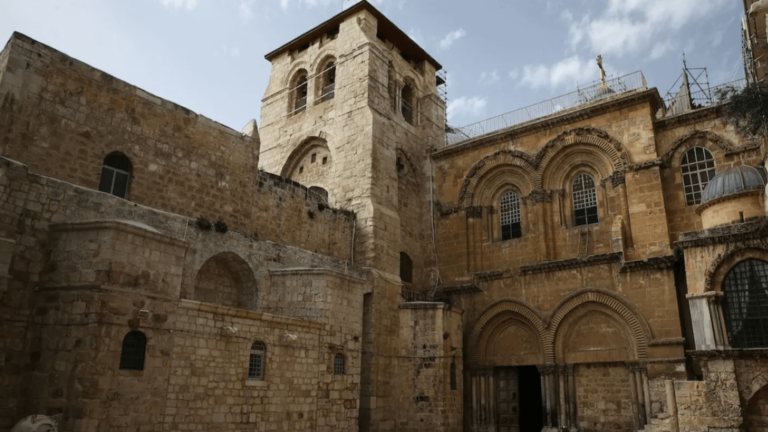
“This area gradually transitioned from industrial use to agricultural and funerary purposes,” Stasolla explained. “What we are discovering fits exactly with what Jerusalem might have looked like during the time of Jesus.”
The excavation, the first major restoration initiative at the church in nearly 200 years, has unearthed a wealth of material culture: pottery, glass, metal items, and artifacts dating as far back as the Iron Age. These discoveries provide insight into the sacred site’s long history as a pilgrimage destination, especially since the 4th century.
“We’re seeing layers of history come alive — not just from early Christianity but stretching back many centuries prior,” Stasolla said. “The area has always held cultural and religious significance, and now we have physical evidence to support that legacy.”
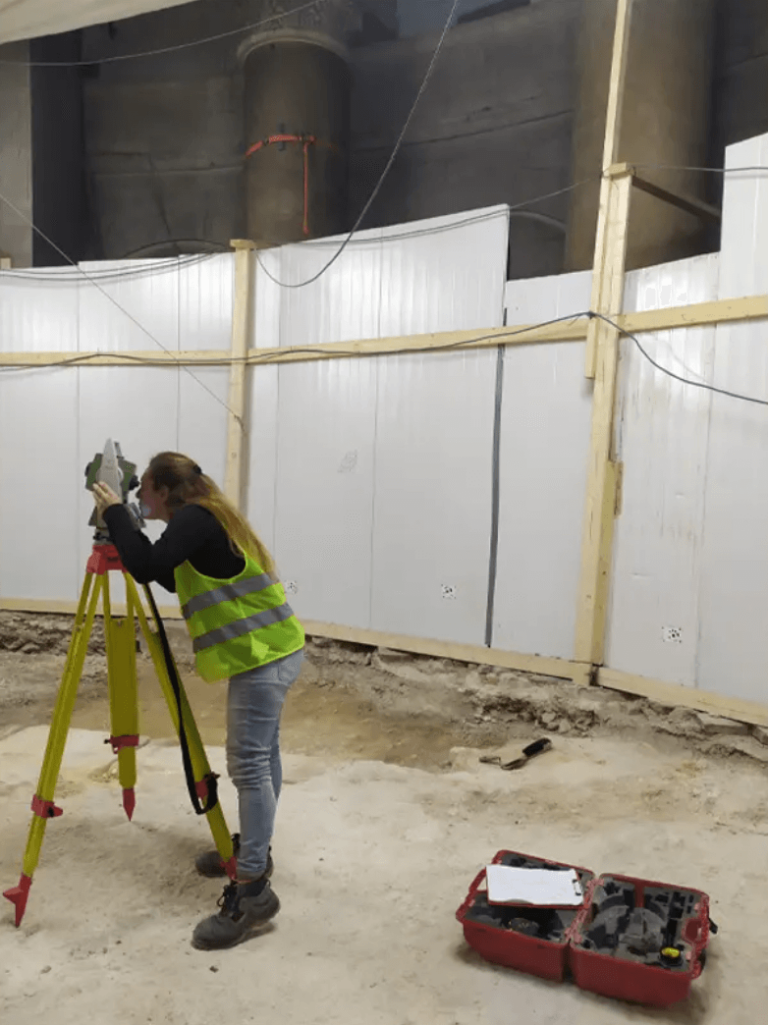
Work is ongoing in various parts of the church that are shared among Christian denominations, with a particular focus on understanding how this site evolved from a functional quarry to one of the holiest landmarks in Christianity.
Founded in 326 A.D. by Emperor Constantine’s mother, Helena, the Church of the Holy Sepulchre has undergone numerous transformations. Though the original church was destroyed in 1009 A.D. under the Fatimid caliph al-Hakim bi-Amr Allah, it was rebuilt by Crusaders a century later — the structure largely standing today reflects their reconstruction.
“The current architecture of the church is a blend of centuries — from the Constantinian era to Crusader craftsmanship to modern conservation efforts,” said Stasolla.
While the evidence of a garden cannot conclusively prove the Gospel’s description, the connection is compelling.
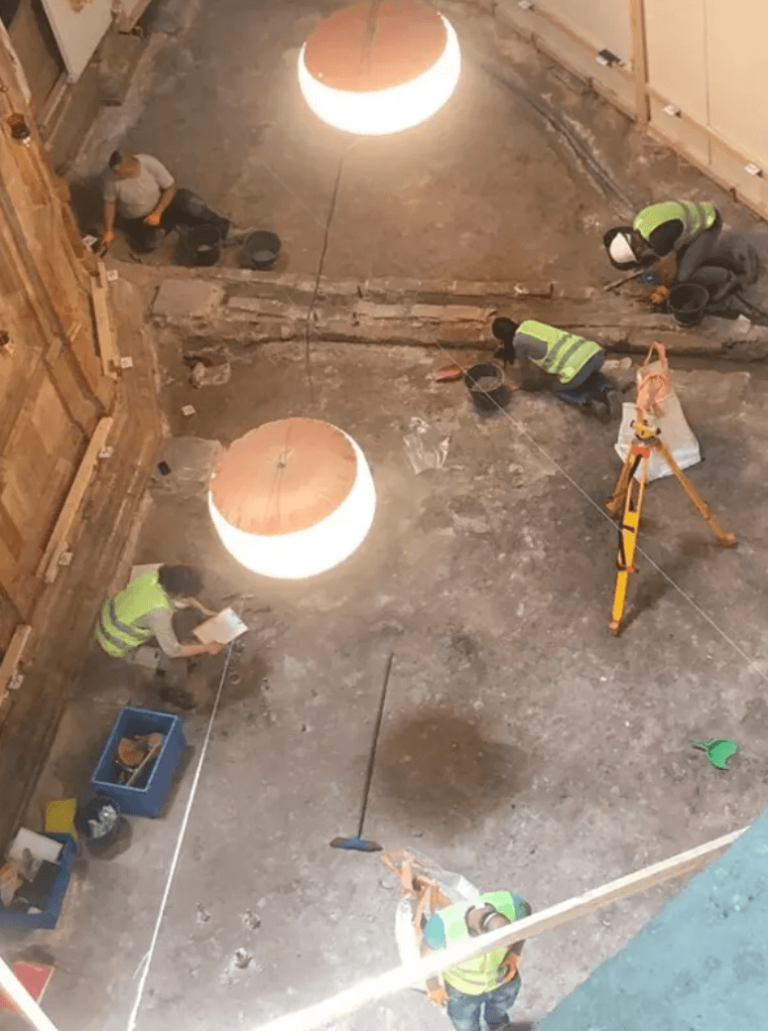
“Archaeology doesn’t confirm faith, but it gives us a context in which the stories took place,” Stasolla noted. “This discovery certainly reflects what the Gospel of John suggests — an area that transitioned from quarry to cultivated land and then to sacred ground.”
With excavation efforts still underway, researchers expect even more findings in the months to come. “This is just the beginning,” Stasolla hinted. “The site is layered with history, and we’re only beginning to understand how deeply its roots run.”

